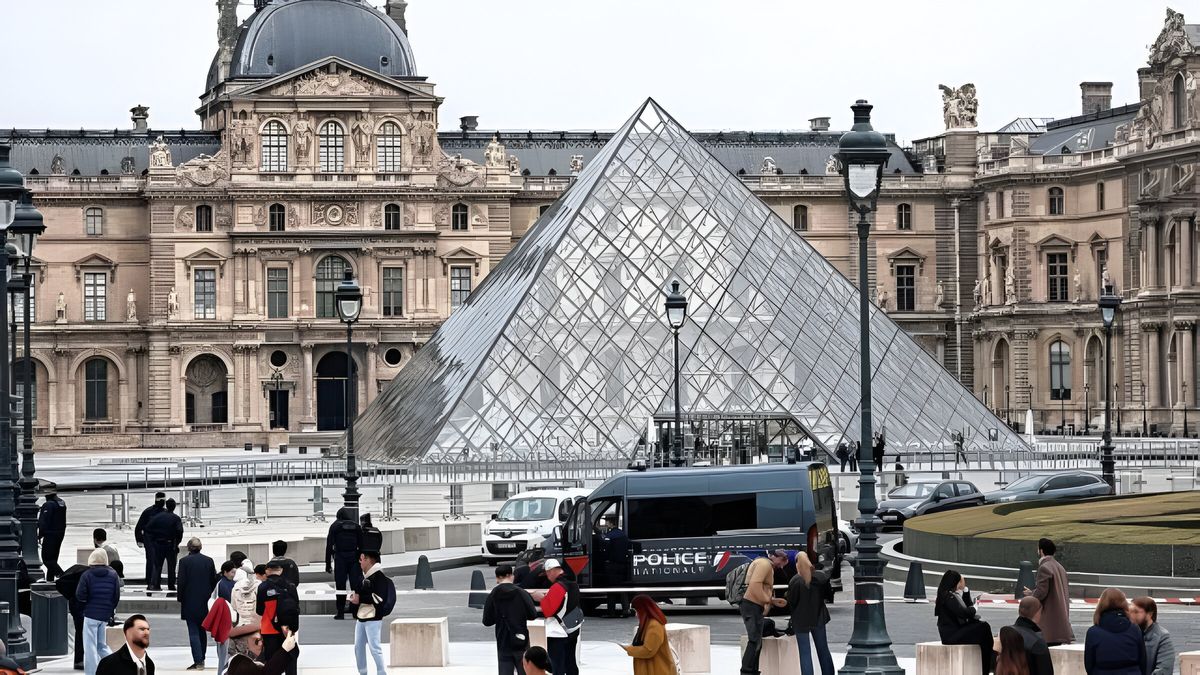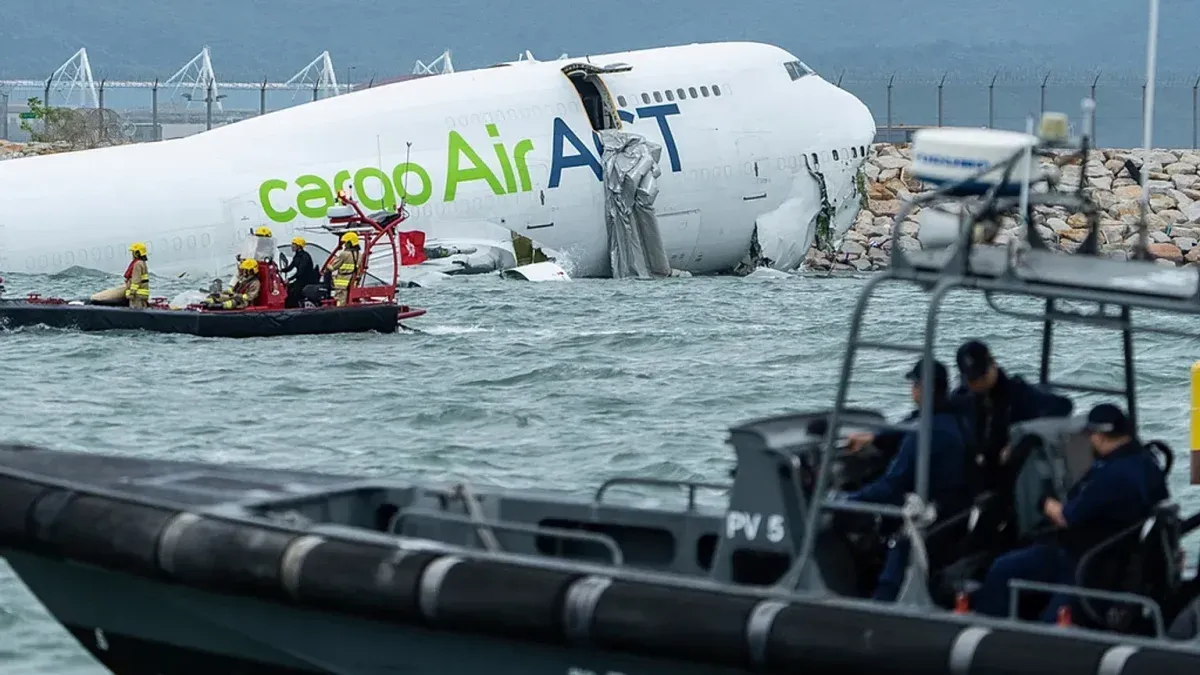After several months of war, will Ethiopia come to rest with an estimated half a million dead? A truce is signed. But it is uncertain whether he will hold up this time.
After two years of bloody war, there is tentative hope: the Ethiopian government and the Tigray People’s Liberation Front (TPLF) have agreed on an immediate ceasefire. In front of running cameras, the parties to the conflict signed a corresponding agreement on Wednesday. A joint statement said: “After ten days of intensive negotiations, [wir] concluded a peace agreement.” Details on what the political solution is based on were not available on Wednesday.
“Both parties have formally agreed on a cessation of hostilities and (…) on disarmament,” said the African Union mediator, former Nigerian President Olusegun Obasanjo. Part of the agreement is an agreement to restore law, order and public services, and to allow access to relief supplies, Obasanjo said. The parties to the conflict had been negotiating behind closed doors for more than a week. Actually, the talks should only last a few days.
With the agreement, a first hurdle has been cleared. Now the rapid implementation of the agreement with all its aspects is “of crucial importance,” said Obasanjo. “This moment is not the end of the process, but the beginning of it.”
The conflict between the Addis Ababa government and the TPLF began in November 2020 after the TPLF held regional elections in the northern Tigray region despite a ban from Addis Ababa. There was a brief humanitarian ceasefire in spring 2022. But this didn’t last long. Just five months later, in August, the war flared up again. United Nations observers assume that more than half a million people have died since the beginning of the war.
So one question burns on the Ethiopians’ minds: Will the ceasefire hold this time? Even the mediators emphasized on Wednesday how fragile the situation was. “Unless they are resolved through dialogue, the underlying causes of the conflict will invariably remain in place,” warned South Africa’s Foreign Minister Naledi Pandor. Former Kenyan President Uhuru Kenyatta stressed that the implementation of the agreements will be closely monitored by the AU.
The price that the approximately 118 million people in the country on the Horn of Africa have had to pay and continue to have to pay as a result of the conflict is enormous. According to the International Crisis Group (ICG) research institute, the conflict is “one of the deadliest in the world”. According to the ICG, tens of thousands of people have been killed in the past two months alone. The US ambassador to the United Nations, Linda Thomas-Greenfield, had warned shortly before the start of the peace talks that “the situation in the country was getting out of control”.
A report by the UN Human Rights Commission recently documented the overwhelming brutality of the war. Both warring parties are said to have mistreated civilians and raped women in conquered areas. Due to the blockade of the Tigray region by government troops, the people of Tigray could hardly communicate with the outside world. Accounts were frozen, aid shipments blocked. According to the report, the conflict has led to an increase in child labor, human trafficking and transactional sex – sex for money, food or gifts. Parents were marrying off their minor children in the hope of ensuring their survival, sources said. According to the World Health Organization (WHO), 89 percent of the more than seven million inhabitants of Tigray suffer from food shortages.
UN spokesman Stephane Dujarric was cautiously hopeful after signing the agreement: “It is a very welcome first step that we hope will bring some comfort to the millions of Ethiopian civilians who have really suffered during this conflict.”
Source: Stern
David William is a talented author who has made a name for himself in the world of writing. He is a professional author who writes on a wide range of topics, from general interest to opinion news. David is currently working as a writer at 24 hours worlds where he brings his unique perspective and in-depth research to his articles, making them both informative and engaging.




